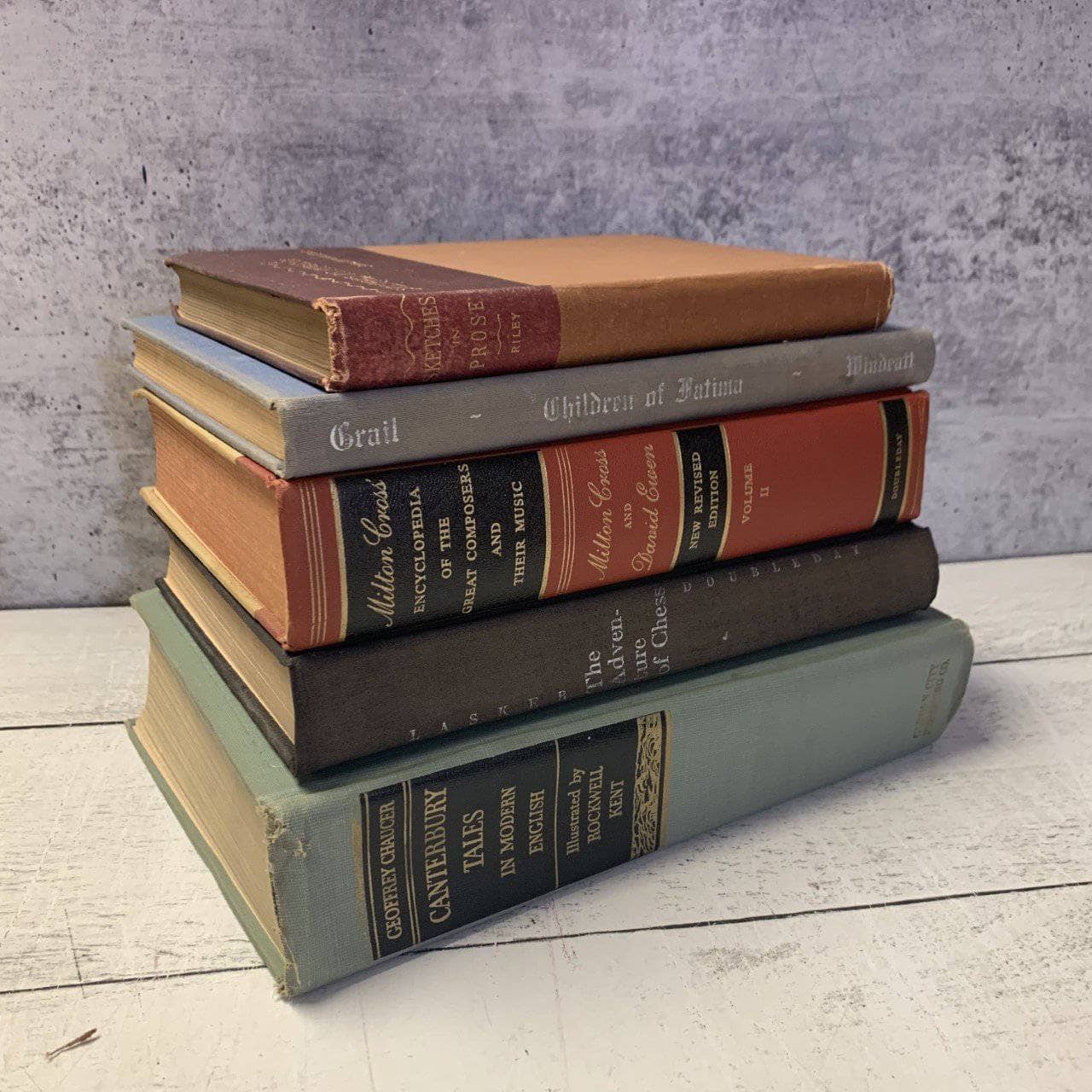Hardcover Books for Fans of Literary Classics
Hardcover Books for Fans of Literary Classics
Blog Article
A Comprehensive Guide to the Refine of Hardbound Books Printing
When you begin the journey of hardcover book printing, recognizing the whole process is crucial. As you browse through binding and quality control, you'll find that every choice influences the publication's total charm.
Comprehending the Hardcover Book Framework
When you explore the world of hardbound books, you'll quickly discover that their structure is distinctive and intentional. You'll discover a material or natural leather treatment, which not just enhances looks but likewise includes to the book's long life.
The text block itself contains multiple signatures, or folded up sheets, sewn together for strength. You'll see that the spine is reinforced, enabling for a smooth lay-flat analysis experience - hardcover books. Furthermore, the publication's weight frequently communicates a feeling of high quality and durability
Hardcover books commonly include a dust jacket, which functions as a marketing tool while shielding the cover. Understanding these aspects aids you value the craftsmanship behind hardbound books and their unique appeal in the literary world.
Manuscript Preparation and Modifying
Obtaining your manuscript all set for printing is necessary, and it starts with correct formatting guidelines. You'll need to comprehend the editing and enhancing process to refine your work and guarantee it reverberates with readers. And also, mastering proofreading techniques can help you capture those annoying mistakes prior to your book goes to print.

Manuscript Formatting Guidelines
Appropriate manuscript formatting is crucial for developing a professional-looking hardcover book. Begin by choosing a standard typeface like Times New Roman or Arial in 12-point dimension. Use double-spacing throughout the file to improve readability. Set your margins to 1 inch on all sides, providing your message room to breathe. Number your pages in the top right edge, and include your chapter titles at the beginning of each new section. Usage clear headings to suggest areas, and stay clear of extreme formatting like strong or italics unless essential. Make certain to check your manuscript for uniformity in design, making certain that everything from punctuation to spacing abides by your chosen standards. Complying with these steps will set a solid structure for your book.
Modifying Process Basics
Editing your manuscript is a necessary action that can change it from a harsh draft right into a refined last product. Remember, modifying isn't simply concerning taking care of mistakes; it's concerning improving your voice and guaranteeing your message reverberates with readers. Welcome the procedure, and you'll see your manuscript shine.
Checking Strategies Summary
As soon as you've brightened your manuscript with editing, the following step is to guarantee it's cost-free of mistakes that might distract viewers. Review your manuscript aloud-- this helps you hear uncomfortable wording and area typos. Think about printing your manuscript; reading on paper can expose errors that screens miss.
Creating the Publication Cover and Inside
When you're making your publication cover and inside, you'll intend to concentrate on necessary layout components that catch your target market's interest. Choosing the best typography designs and thoroughly picking shades and imagery can make all the distinction in conveying your book's style. Let's discover exactly how these options can elevate your work and attract readers.
Crucial Design Components
Developing an appealing book cover and a well-designed interior is vital for drawing in visitors and improving their experience. Start with the cover; it's your initial impact. Select shades and photos that mirror your publication's style and mood. Ensure your title stands out and is clear, also in thumbnail size.
For the inside, concentrate on design and white room. A clean, orderly style helps viewers browse effortlessly. Think about making use of phase headings and subheadings to guide them with the web content. Visual aspects, like illustrations or graphics, can likewise boost engagement yet needs to match the message, not bewilder it. Remember, a natural layout throughout your book promotes a specialist appearance that can greatly impact a visitor's choice to pick it up.
Picking Typography Designs
Typography plays an essential function in both guide cover and interior decoration, shaping exactly how readers view your material. When choosing typography designs, consider your publication's style and target audience. A classic serif typeface may function well for literary fiction, while a modern-day sans-serif might match a contemporary story. Assurance readability; your message should be easy on the eyes, specifically for longer passages. Focus on font dimension and line spacing, as these aspects influence overall circulation. Mixing fonts can add passion, but limit it to two or 3 to keep coherence. Ultimately, consider hierarchy-- utilize different designs for headings and body text to direct readers easily with your work. Your typography choices will substantially impact the viewers's experience.
Color and Images Option
Selecting the right shades and imagery is important for catching viewers' attention and conveying your publication's styles. Start by considering your click here for more genre; lively shades may help a youngsters's publication, while muted tones suit an enigma book. hardcover books. Use imagery that reverberates with your content-- pictures, pictures, or abstract designs can improve your message
When creating the cover, make certain the images does not overwhelm the title and author's name; clarity is vital. This cohesive approach not just boosts your publication's visual yet additionally enhances the viewers's experience, making it a lot more unforgettable.
Choosing the Right Paper and Materials
When selecting paper and products for your hardbound book, it's important to ponder just how they'll influence the total look and feel of your project. Begin by choosing the ideal paper weight; much heavier supply usually conveys high quality and longevity, while lighter paper can produce a more delicate touch. Consider the coating as well; glossy paper enhances shades and pictures, while matte can offer an advanced, downplayed look.
Cloth, leather, or published paper can set the tone for your book. In addition, think concerning the binding products; using top quality glue warranties your publication lasts.
Inevitably, the selections you make right here reflect your vision, so put in the time to sample various materials (hardcover books). Your options will certainly assist develop a publication that's not only visually enticing yet additionally resilient and useful
The Printing Refine: Strategies and Technologies
A range of printing strategies and modern technologies can bring your hardbound publication to life, more info here each offering unique benefits. Digital printing is a preferred selection for short runs, enabling quick turnaround and cost-efficient remedies. When you need to print smaller sized quantities without giving up quality, it's excellent. On the various other hand, countered printing excels in creating large quantities, delivering high-quality and consistent results. This approach is perfect for comprehensive publications where color precision and great details matter.
For unique effects, you may consider strategies like aluminum foil marking or embossing, which can include a glamorous touch to your cover. Additionally, you can select different inks, including environmentally friendly alternatives that accommodate eco conscious visitors. Comprehending these techniques assists you make educated choices, ensuring your hardbound publication not only looks terrific however likewise fulfills your production needs effectively. Choose the ideal technique to raise your publication's appeal and impact.
Binding Methods for Hardcover Books
A number of binding methods can transform your hardbound publication into a resilient and attractive product. Another approach is the ideal binding, which makes use of adhesive to hold the pages together, allowing for a streamlined spine yet much less durability contrasted to instance binding.
You could also think about spiral binding, which permits your book to lay level, making it perfect for workbooks or manuals. It doesn't use the very same safety cover as instance binding. There's the saddle stitch approach, ideal for smaller sized books, where sheets are folded and stapled together. Each binding method has its benefits and fits various needs, my link so consider your publication's purpose and audience when selecting the most effective alternative for your project.
Top Quality Control and Last Touches
After picking the right binding approach for your hardbound book, quality assurance ends up being important to confirm your last product meets your expectations. Start by checking the printed web pages for any kind of mistakes or variances in shade and layout. You do not intend to miss any kind of typos or misprints that could affect your visitors' experience.
Next, examine the binding integrity. Confirm the pages are securely connected which the spine is sturdy. A well-bound publication not just looks professional yet likewise really feels long lasting in your hands.
Additionally, pay interest to the cover. Seek any type of scuff marks or imbalances in the art work. If you have actually selected special surfaces like embossing or foil stamping, make sure they're applied regularly throughout all duplicates.
Finally, conduct an extensive inspection of the whole set before relocating to circulation. In this manner, you can validate that every book mirrors your high standards.
Regularly Asked Concerns
The length of time Does the Hardbound Publication Printing Process Commonly Take?

What Is the Minimum Order Amount for Hardcover Books?
The minimum order quantity for hardbound publications typically begin around 100 duplicates, however it can differ based upon the printer. You ought to talk to your picked printing solution for their details needs and rates.

Can I Print Hardcover Books in Custom-made Sizes?
Yes, you can print hardcover publications in custom-made sizes. Numerous printing solutions supply versatility with measurements, enabling you to choose a format that fits your job. Simply verify the specifications prior to putting your order.
Exist Eco-Friendly Options for Hardbound Publication Printing?
Yes, you can find environmentally friendly options for hardcover book printing. Several firms use lasting inks and recycled products. Simply ask your printer about their eco-friendly practices to ensure your job straightens with your ecological values.
What Are the Prices Related To Hardcover Publication Printing?
When taking into consideration hardcover book printing expenses, you'll require to aspect in materials, design, and printing approaches. Added expenditures like delivery and binding can likewise affect your overall spending plan, so strategy accordingly for your project.
When you commence the journey of hardbound publication printing, recognizing the entire process is vital.A range of printing methods and modern technologies can bring your hardbound book to life, each offering unique advantages. Just how Lengthy Does the Hardcover Book Printing Refine Typically Take?
The hardbound book printing process generally takes around 2 to 6 weeks.Yes, you can find environmentally friendly choices for hardcover publication printing.
Report this page